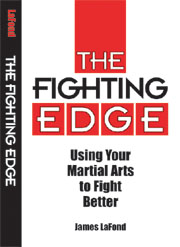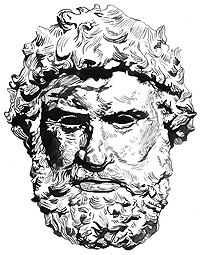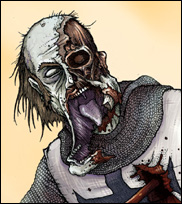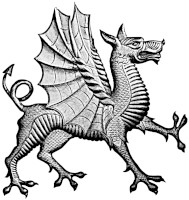“James, I am a kenpoist, and was wondering if you are familiar with our stick forms and what your opinion is as to their effectiveness in combat?”
-Tommy
Tommy, I work for a kenpo instructor, as a boxing and weapons coach. We both boxed when we were young and have that in common. What we don’t have in common is contact weaponry. I have watched him and his people practice their staff, double-stick and double-knife forms, and have discussed the system with him, of which he has an encyclopedic knowledge. He is not politically in a position to say, “This part of kenpo is questionable,” etc. He is not going to rock the boat that took him in, is not of the traitorous mindset that savages like I demonstrate. He has taken enough flak for having me there. But he has me there, doesn’t he?
I have worked with his brown belts and black belts and some lower belts with the stick, and I can see four basic problems with kenpo stick forms based on my experience in this training:
1. The sequences are too long, which is the problem with all forms, that they exceed the number of beats in a realistic encounter. I would prefer to break the forms down into component parts, into no more than five beats.
2. Starting out with double-stick is a mistake, as it is with any weapon system. The idea is to use the two sticks to develop empty handed coordination, or so I was told by Richard Bustillo, the #2 Doce Pares guy in the world, as far as I know. The problem with beginning training with two sticks, or two knives, is that these are not realistic weapon sets. Having one is an exception to being with. In terms of fighting form, the big problem is double-weapon sets are bi-lateral exercises that encourage you to stand square, which is bad form in combat, period.
3. All kenpo and karate stick work I have seen involves only jabbing blows, not smash and slashes, which are the more effective ways of using the stick.
4. All kenpo and karate stick work I have seen-including all posters, videos, forms competitions at events, etc., involves hand presentation, leaving the hand out there to be broken, having it away from the body to break your power stream.
Tommy, I’m sure there are kenpoists who have trained in FMA and more functional stick formats that can help you. Before taking it seriously as effective weaponry, ask yourself these questions:
1. Do they show the hand?
2. Do they use retracting blows rather than stroking through the target?
3. Do they stand square to the opponent instead of angling off?
4. Do they open their hand while moving the stick?
An answer of yes to any of these questions indicates a man without extensive contact stick experience, and hence no true understanding of stick combat.











I agree on standing square and was wondering if you think using espada y daga (or just sword and knife for us regular folks) clears up that problem? It seems to me that having one long and one short weapon like that would allow the usage of a more natural lead. Thoughts?
Dave,
You are absolutely correct. Stick and dagger is the best discipline for staying oblique, better than single stick. It is the most difficult in my book.
A 28 inch stick paired with a 20 inch stick makes things interesting also.
We have found that this art separates the killers from the tough guys.
I have scant experience with sword and dagger and am not qualified to comment there. I do know that once the blade becomes less than half the length of the stick that it's really hard to score with t without eating something.